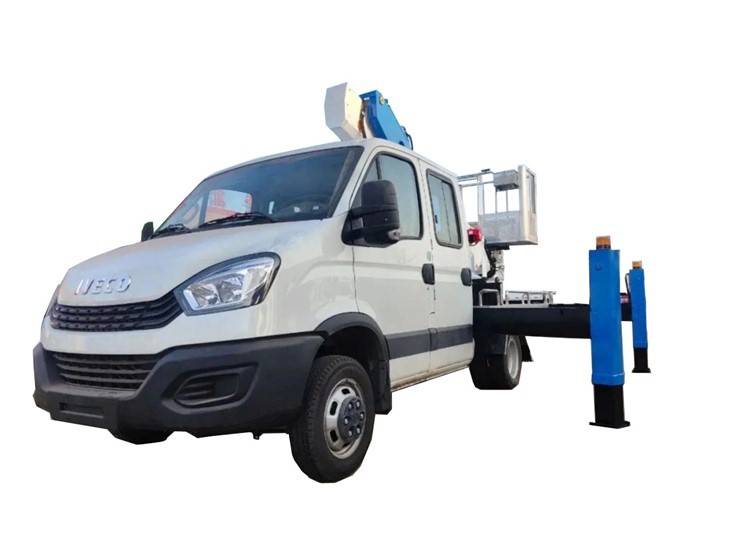CNG Refuse Trucks: A Cleaner Alternative for Waste Management

The transportation of waste plays a vital role in maintaining the cleanliness and health of urban environments. Among the various waste management solutions available, CNG (Compressed Natural Gas) refuse trucks stand out as a sustainable option. This article delves into what CNG refuse trucks are, their benefits, technology, and practical considerations for municipalities. Moreover, we will explore best practices for implementation and address frequently asked questions.
Understanding CNG Refuse Trucks
What are CNG Refuse Trucks?
CNG refuse trucks are garbage collection vehicles powered by compressed natural gas. These trucks are designed to transport waste from homes and businesses to landfills and recycling centers while minimizing environmental impact.
The Rise of CNG in Waste Management

As cities strive for greener solutions, CNG’s popularity in waste management has surged. This form of energy release fewer emissions compared to diesel, making it an attractive alternative for refuse collection services.
Benefits of CNG Refuse Trucks
1. Environmental Advantages
CNG emits significantly lower levels of greenhouse gases and pollutants compared to traditional diesel options. Key benefits include:
- Reduced Carbon Footprint: CNG trucks can reduce carbon dioxide emissions by up to 25% compared to diesel trucks.
- Lower NOx and PM Emissions: Nitrogen oxides and particulate matter releases are much lower with CNG, leading to cleaner air quality.
2. Economic Benefits
While the initial investment in CNG refuse trucks may be higher, the long-term operational savings are significant. Benefits include:
- Fuel Cost Savings: CNG is generally cheaper than diesel, leading to reduced fuel expenses for municipalities.
- Maintenance Savings: CNG engines often require less maintenance compared to diesel engines, further cutting costs.
3. Community Health Improvements
The reduced emissions from CNG refuse trucks can lead to improved community health outcomes. By lowering air pollution levels, cities can reduce respiratory issues and other health problems among residents.
How CNG Refuse Trucks Work
Technology Behind CNG Trucks
CNG refuse trucks utilize natural gas engines specifically designed to run on compressed natural gas. These engines are quieter than diesel engines and provide similar power and torque. Key components include:
- CNG Fuel System: Compressed natural gas is stored in high-pressure tanks allowing for efficient delivery to the engine.
- Engine Design: Advanced technology in designing engines ensures that they deliver optimal performance while minimizing emissions.
Fueling Infrastructure
For municipalities to effectively integrate CNG trucks, they require access to suitable fueling infrastructure. Options include:
- Public CNG Stations: Many cities can take advantage of existing public refueling stations.
- On-site Fueling Centers: Larger fleets might benefit from installing their own refueling station at the depot.

Challenges and Considerations
1. Initial Investment Costs
The switch to CNG refuse trucks may come with a higher upfront cost compared to traditional diesel trucks. Cities must evaluate their budgets and consider long-term savings against initial expenses.
2. Availability of CNG
Cities must consider the accessibility and reliability of CNG as a fuel source. Ongoing supply should be ensured to maintain operations without interruptions.
3. Training and Technical Support
For fleet operators and maintenance teams, specialized training is necessary to manage the unique aspects of CNG technology effectively.
Best Practices for Implementing CNG Refuse Trucks
1. Conducting Feasibility Studies
Municipalities should carry out feasibility studies to assess the operational impacts and benefits of switching to CNG refuse trucks.
2. Partnering with Experts
Collaborating with CNG technology experts can provide valuable insights into the integration of these trucks into existing fleets.
3. Public Awareness Campaigns

Raising community awareness about the benefits of CNG refuse trucks can generate public support and understanding of the transition.
Trends in CNG Refuse Truck Technology
1. Innovations in Engine Efficiency
Recent advancements have greatly improved engine efficiency, leading to increased fuel economy and lower emissions.
2. Enhanced Safety Features
Modern CNG trucks are now equipped with safety features such as improved braking systems and advanced monitoring systems, ensuring vehicle safety and reliability.
Successful Case Studies of CNG Refuse Trucks
Example 1: The City of Los Angeles
Los Angeles has made significant strides in sustainability by integrating a fleet of CNG refuse trucks into their operations. This decision led to reduced emissions by over 30% while saving on fuel costs.
Example 2: Denver’s Eco-Friendly Fleet
Denver implemented CNG refuse trucks as part of their commitment to environmentally friendly practices. The city reported positive community feedback and a notable decrease in air pollutants.
Frequently Asked Questions (FAQ)
1. Are CNG refuse trucks more expensive than diesel trucks?
While the initial purchase cost of CNG trucks can be higher, the long-term savings on fuel and maintenance typically offset this investment.
2. How does CNG affect the performance of refuse trucks?
CNG refuse trucks provide similar power and torque to their diesel counterparts, often with improved efficiency and fewer emissions.
3. What are the environmental benefits of using CNG?
CNG refuse trucks produce significantly lower emissions of greenhouse gases and pollutants like nitrogen oxides and particulate matter, contributing to cleaner air quality.
4. Is CNG safe to use in refuse trucks?
Yes, CNG is considered safe for use in refuse trucks. It has a proven track record of reliability within the industry.
5. What infrastructure is needed for CNG refuse trucks?
Municipalities will need access to CNG fueling stations, either through public stations or by establishing an on-site refueling facility.
6. Can CNG refusal trucks operate in all weather conditions?
Yes, CNG refuse trucks are designed to function effectively in various weather conditions, similar to traditional diesel trucks.
